The properties of transparent glass sponges make them an ideal light source for photobioreactors for producing biofuels from algae.
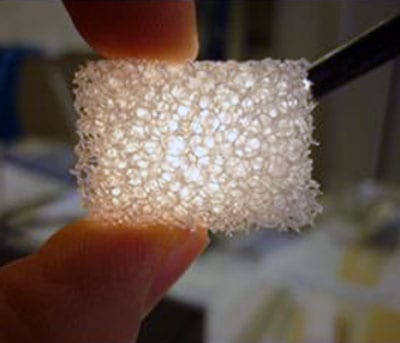

The properties of transparent glass sponges make them an ideal light source for photobioreactors for producing biofuels from algae.
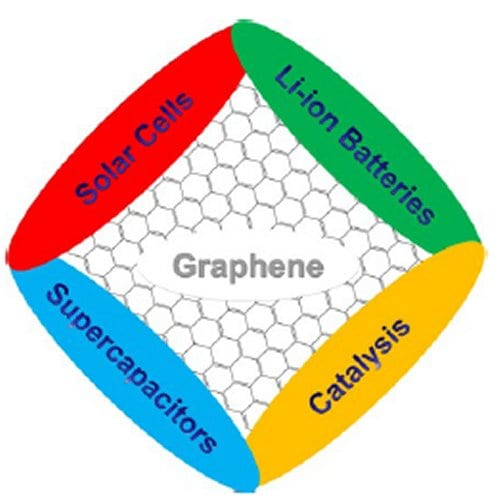
Graphene has the potential to solve many issues in vital energy research.
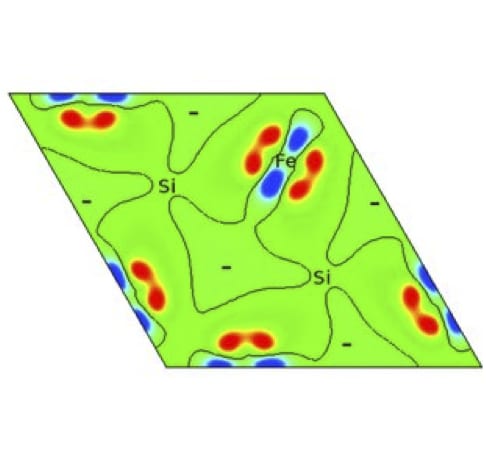
A giant magnetocaloric effect may increase performance in magnetic refrigeration and energy-conversion devices.
In situ crosslinked and n-doped semiconducting polymers are efficient electron-transporting materials in inverted polymer solar cells.

Volatile corrosion inhibitors can protect from corrosion or the environment, but they shouldn’t form partially carcinogenic nitrosamines.
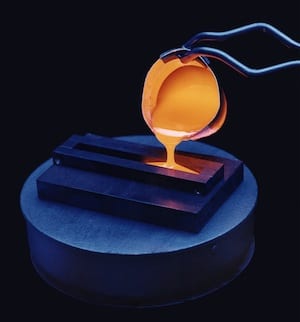
Research into waste management is a major part of international nuclear policy. New work offers an in-depth look into one solution, glasses.

Franco Cacialli talks to MaterialsViews about his research on supramolecular architectures, his recent book, and his coolest discovery.

Two research teams synthesize highly ordered carbonaceous structures, such as graphene, using unusual but everyday raw materials, and even waste.

Professor Geoffrey Ozin discusses what he believes may be the largest challenge of the century—the development of an artificial photosynthetic machine.
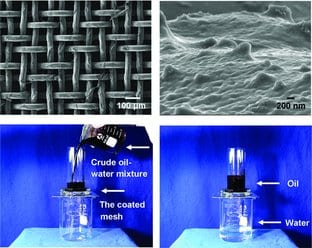
A steel mesh with a porous hydrogel layer is both superoleophobic and superhydrophilic, allowing water to drain while retaining oil.